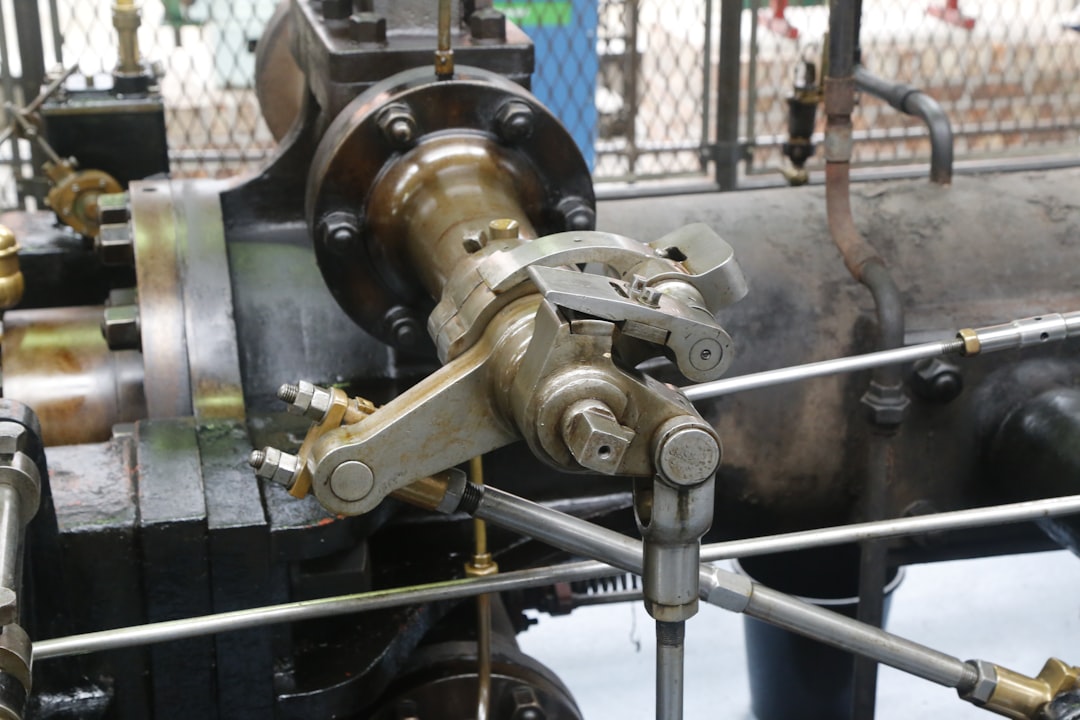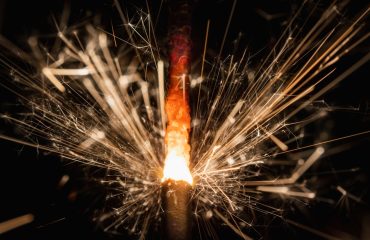Boiler tubes are the unsung heroes of power generation and industrial processes. These seemingly simple components play a crucial role in transferring heat efficiently, driving turbines, and powering countless industries. This comprehensive guide delves into the fascinating world of boiler tube technology, exploring the materials, manufacturing processes, applications, maintenance, and failure analysis that make them indispensable.
1. Materials Science: Choosing the Right Boiler Tube Material
The selection of boiler tube material is paramount, as it directly impacts the efficiency, lifespan, and safety of the boiler system. The choice depends on several factors, including operating pressure, temperature, the type of fuel used, and the corrosive environment. Common materials include:
- Carbon Steel: A cost-effective option for lower pressure and temperature applications. However, its susceptibility to corrosion limits its use in harsh environments.
- Alloy Steel: Offers enhanced strength, creep resistance, and corrosion resistance compared to carbon steel. Various alloying elements (chromium, molybdenum, vanadium) are added to tailor properties for specific operating conditions.
- Stainless Steel: Excellent corrosion resistance, making it suitable for applications involving aggressive chemicals or high-purity water. Different grades (e.g., 304, 316, 321) offer varying levels of performance.
- Non-Ferrous Metals: Materials like copper alloys (e.g., copper-nickel) and titanium are used in specialized applications requiring exceptional corrosion resistance or high thermal conductivity.
Careful material selection is crucial to prevent premature failure and ensure the long-term reliability of the boiler system.
2. Manufacturing Processes: From Raw Material to Finished Product
The manufacturing process for boiler tubes is a precise and sophisticated undertaking. It typically involves several key steps:
- Raw Material Preparation: Starting with carefully selected raw materials, the process begins with rigorous quality control checks to ensure consistency and purity.
- Tube Forming: Various techniques are employed, including seamless rolling, electric resistance welding (ERW), and extrusion, to create the desired tube dimensions and wall thickness.
- Heat Treatment: Heat treatment processes, such as annealing and tempering, are essential to refine the microstructure of the tube material, enhancing its mechanical properties like strength and ductility.
- Surface Finishing: Processes like polishing, pickling, and coating may be employed to improve corrosion resistance and reduce friction.
- Non-Destructive Testing (NDT): Rigorous NDT methods, such as ultrasonic testing and eddy current testing, are implemented to identify any flaws or defects before the tubes are used in the boiler.
The precision and quality control at each stage are paramount to ensure the integrity and reliability of the finished product.
3. Applications Across Industries: Where Boiler Tubes Shine
Boiler tubes find widespread applications across various industries, including:
- Power Generation: In power plants, boiler tubes form the heart of steam generators, facilitating the transfer of heat from combustion to water, generating high-pressure steam to drive turbines.
- Industrial Processes: Numerous industrial processes rely on boilers for heating, such as chemical processing, oil refining, and food processing. Boiler tubes are vital for efficient heat transfer in these applications.
- Heating and Cooling Systems: Boiler tubes are also used in smaller-scale heating and cooling systems, providing efficient heat transfer in buildings and other structures.
- Heat Exchangers: Beyond boilers, boiler tubes are extensively used in heat exchangers, transferring heat between different fluids in various industrial processes.
The versatility and efficiency of boiler tubes make them indispensable across a wide range of applications.
4. Maintenance and Inspection: Ensuring Long-Term Performance
Regular maintenance and inspection are crucial for extending the lifespan and ensuring the safe operation of boiler tubes. This includes:
- Visual Inspection: Regular visual inspections help identify any signs of corrosion, erosion, or damage.
- Non-Destructive Testing (NDT): Periodic NDT is crucial for detecting internal flaws and assessing the remaining tube wall thickness.
- Chemical Cleaning: Chemical cleaning helps remove deposits and scale buildup that can reduce efficiency and promote corrosion.
- Water Treatment: Proper water treatment is essential to minimize corrosion and scaling within the boiler system.
A proactive maintenance program is essential to prevent unexpected failures and ensure the continued safe and efficient operation of the boiler system.
5. Failure Analysis: Understanding and Preventing Tube Failures
Boiler tube failures can have significant consequences, ranging from reduced efficiency to catastrophic events. Understanding the causes of failure is crucial for prevention. Common failure mechanisms include:
- Corrosion: Various forms of corrosion, including pitting, crevice corrosion, and stress corrosion cracking, can weaken and ultimately lead to tube failure.
- Erosion: High-velocity fluid flow can erode the tube material, particularly at bends and constrictions.
- Creep: Prolonged exposure to high temperatures and stresses can cause creep, leading to gradual deformation and eventual failure.
- Fatigue: Repeated cyclic loading can lead to fatigue cracking, particularly in areas with stress concentrations.
- Overheating: Insufficient water flow or other operational issues can lead to overheating, causing rapid degradation and failure.
Thorough failure analysis, often involving metallurgical examination, is critical to identifying the root cause and implementing corrective actions to prevent future failures.
In conclusion, boiler tubes are critical components in numerous industrial applications. Understanding their technology, from material selection and manufacturing to maintenance and failure analysis, is essential for ensuring safe, efficient, and reliable operation.




